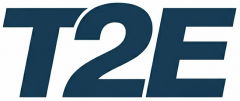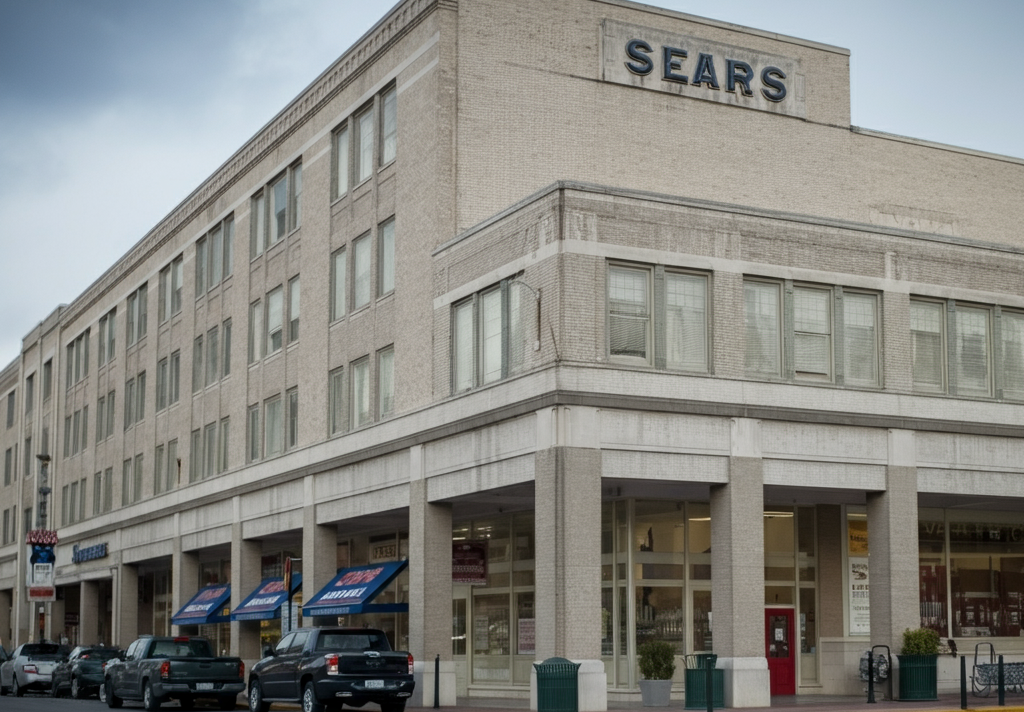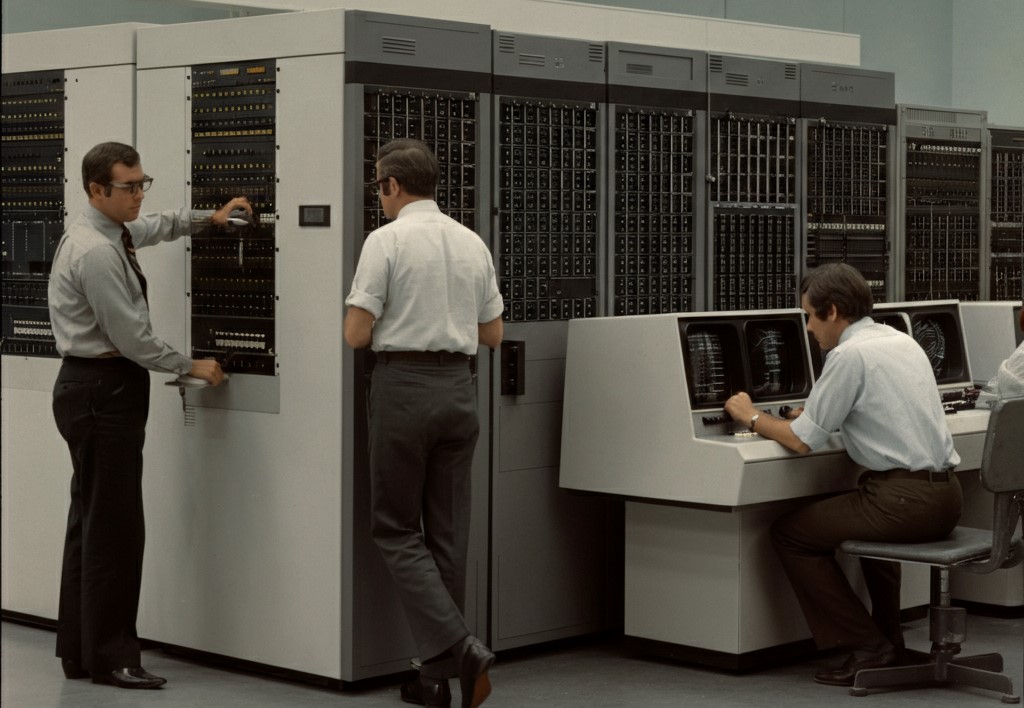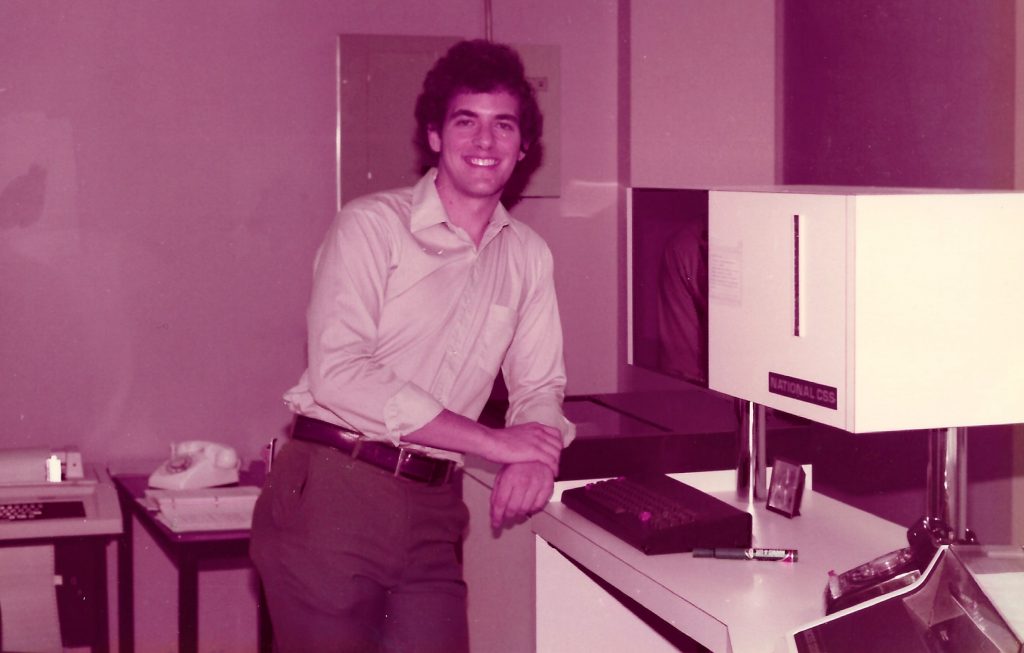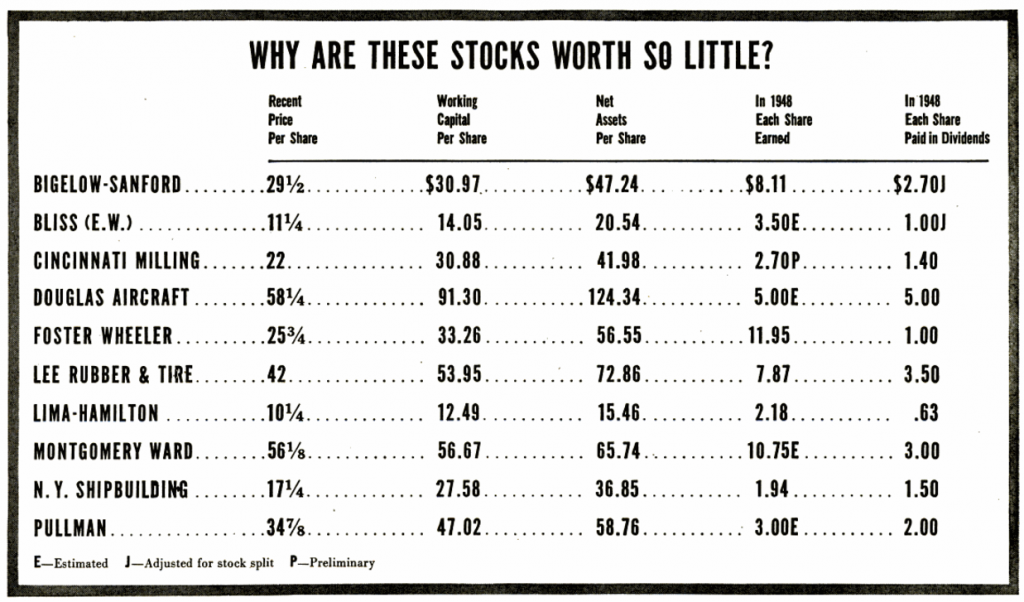I couldn’t help but laugh when I saw the picture below. It reminded me of how much the concept of political correctness has evolved over time. Today, it’s not just about avoiding offensive language—it’s about being deeply mindful of our words and their impact on others. Navigating this space requires awareness, skill, and empathy, especially for leaders striving to foster inclusion.

Good Intentions Require Thoughtful Execution
I vividly recall a moment that reshaped my understanding of inclusivity. During a presentation on diversity and inclusion, I made a deliberate effort to use gender-neutral language, believing it would foster a sense of belonging for everyone. Afterward, a colleague approached me with thoughtful feedback. While my intentions were good, I had unintentionally overlooked the unique identities and lived experiences of transgender individuals. That conversation was eye-opening, teaching me an invaluable lesson: inclusivity isn’t just about playing it safe with language—it’s about deeply understanding and respecting the complexities of others’ identities.
This experience reinforced that leadership is about more than careful communication. It demands active empathy, a readiness to listen, and the humility to learn from mistakes. Inclusive leadership means cultivating an environment where everyone feels valued, heard, and respected. It’s about being mindful of the words we use, seeking out diverse perspectives, and committing to ongoing education on diversity and inclusion.
Embrace Mistakes with Honesty
Mistakes are inevitable, even with the best intentions. What truly matters is how we respond. When harm is unintentionally caused, taking responsibility and offering a sincere apology is essential. Reflecting on these missteps allows us to grow into more self-aware, compassionate, and effective leaders.
However, inclusivity is about more than words—it requires deliberate action. This means prioritizing diversity and representation at all levels. It involves diversifying hiring practices, ensuring equal opportunities for career advancement, and amplifying diverse voices in decision-making spaces. True progress happens when inclusivity is embedded into the very fabric of an organization, not treated as a surface-level initiative.
Navigating External Challenges to Inclusion
In today’s climate, diversity, equity, and inclusion (DE&I) face increased scrutiny amidst shifting perspectives and political tensions. Yet, these principles are far from fleeting trends—they are essential to building an equitable and just society. As leaders, we have a duty to cultivate inclusivity within our organizations and communities. By continuing to educate ourselves, dismantle systemic barriers, and champion diversity, we can create a world where differences are celebrated, not feared. Embracing change and evolving with the concept of inclusivity is key to shaping a better future for everyone. Together, we can learn, listen, and take meaningful actions toward a more inclusive and equitable world.
But what happens when external forces, such as calls to scale back DE&I initiatives, challenge your values? Or when workplace dynamics test your commitment to personal beliefs? These situations are often complex and uncomfortable, with no easy solutions.
In such moments, open and honest conversations become essential. Engaging with colleagues, leadership, and HR allows us to voice concerns and collaborate on solutions, fostering an environment where diverse perspectives can thrive. Political correctness has evolved to reflect a deeper, more positive understanding of inclusivity. Working in diverse teams may bring differing opinions, but it also provides the opportunity to build bridges, find common ground, and create workplaces rooted in mutual respect and equity.
Inclusivity isn’t just an ideal—it’s a shared responsibility. Together, we can rise to the challenges, embrace the opportunities, and drive meaningful change.
Conclusion
Political correctness has evolved significantly over time, offering leaders a powerful opportunity to shape workplaces that not only embrace diversity but actively celebrate it. By fostering such environments, we cultivate stronger, more innovative teams while setting an example for others to follow.
While political correctness began as a movement against offensive language, it has grown to address the intricate realities of diverse identities. It calls for empathy, understanding, and meaningful action from leaders. Though the process may sometimes feel uncomfortable or challenging, it is essential for building a more inclusive and equitable society.
As we navigate this ever-changing landscape, we must remember that inclusivity requires both intentional effort and thoughtful consideration. Mistakes will happen, but each one is a chance to learn and grow. Let us work toward a future where diversity is not just acknowledged but truly valued and celebrated.
Our words and actions carry immense power. Let’s wield them wisely to foster inclusion and create a world where everyone feels seen and respected. Change is the only constant, so let us meet it with curiosity, openness, and a commitment to building a better tomorrow.
Click here for a post on why DEI has become a derogatory term.
